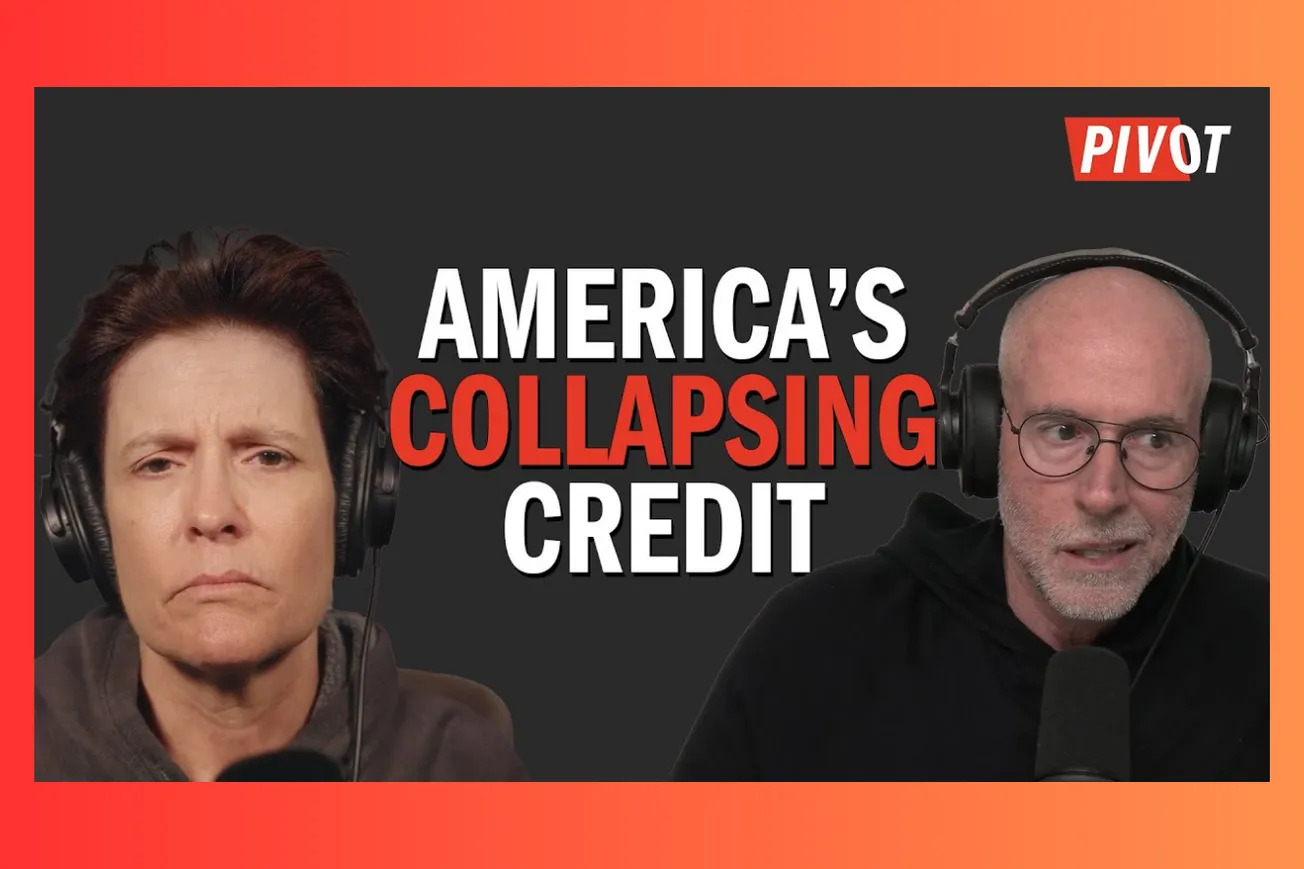Table of Contents
The United States just lost its final AAA credit rating. This isn’t just Wall Street drama—it’s a warning signal for every American. From mortgage spikes to global trust erosion, the downgrade reveals deeper rot in how the U.S. governs, spends, and passes the buck.
Key Takeaways
- Moody’s downgraded the U.S.’s credit rating, citing sustained deficits and political dysfunction.
- Borrowing will now cost the government—and you—more. That means higher rates on mortgages, student loans, credit cards, and business lending.
- This follows prior downgrades from Fitch and S&P. Moody’s was the last holdout among the “big three.”
- Wall Street felt the impact instantly: Treasury yields surged, equities wobbled, and bond pricing recalibrated.
- The proposed $4 trillion GOP tax plan may deepen the hole, despite being sold as pro-growth.
- Ultimately, the true cost will be borne by younger Americans—through reduced opportunity and rising financial burdens.
The Downgrade Heard Around the Economy
- Moody’s cited “large fiscal deficits and a decline in debt affordability” as its primary downgrade rationale.
- U.S. debt-to-GDP ratio is now above 120%, and interest payments are projected to surpass defense spending by 2027.
- Once a beacon of reliability, U.S. Treasurys now carry a psychological and financial blemish.
- Ratings matter—not just for optics but for institutional rules: some pensions, sovereign funds, and insurance firms are bound by risk mandates tied to ratings.
- When risk increases, interest rises—and when U.S. borrowing costs go up, the ripple effects are massive:
- Mortgages become more expensive
- Credit card APRs spike
- Student loans grow heavier
- Business borrowing tightens, especially for small firms
A Government Living on Leverage
- The federal government is now rolling over debt with new loans—essentially using one credit card to pay off another.
- Both political parties have normalized multi-trillion-dollar deficits, but few are discussing debt service as a top-line budget concern.
- The interest on U.S. debt in 2024 is estimated to hit $1 trillion—more than the budgets of HUD, Education, and Veterans Affairs combined.
- This cycle isn’t new, but it’s accelerating—and markets are starting to punish it.
- Biden extended COVID-era spending trends, while Trump’s 2017 tax cuts exploded the deficit during peacetime expansion.
- Now Trump’s allies are proposing to double down—adding another $4 to $5 trillion over the next decade.
- As one economist warned: “We’ve turned debt into a bipartisan addiction. Only the dealers differ.”
Fiscal Hawks? More Like Fiscal Illusions
- Republican lawmakers tout “fiscal responsibility” while passing tax packages tilted toward the wealthy.
- The current proposal expands child tax credits slightly—but slashes IRS enforcement and accelerates corporate deductions.
- Few are touching the third rails of U.S. spending: defense, Medicare, and Social Security.
- Meanwhile, programs for the working class—SNAP, Medicaid, student aid—face scrutiny and cuts.
- This lopsided governance worsens inequality while pretending to address the deficit.
- True fiscal hawks would raise revenue, reform entitlements, and spend selectively. Congress is doing none of the above.
The Hidden Costs of Tariff Nostalgia
- Trump’s floated tariff strategy—10% across the board, 60% for China—would function as a stealth tax on American consumers.
- Tariffs increase input costs. Walmart, Target, and manufacturers pass these on.
- Consumer prices would rise, supply chains would fragment, and inflation could rebound.
- Apple’s shift to India is long-term strategic diversification—not anti-American betrayal.
- Still, political narratives warp economic strategy. The blame game distracts from structural decay.
Why Downgrades Really Matter
- Sovereign downgrades affect more than federal debt—they cascade:
- States and municipalities see risk premiums rise
- School districts face higher bond costs
- Infrastructure gets more expensive to finance
- Mortgage rates move alongside the 10-year Treasury
- Every local project—from bridges to broadband—now competes with national instability.
- Credit downgrades also affect how global markets price U.S. currency, exposing the dollar to longer-term doubt.
- When the “risk-free asset” becomes… less risk-free, it rattles the foundation of modern finance.
The Intergenerational Deficit: Who Pays the Real Price
- Baby boomers enjoyed decades of infrastructure, affordable education, and rising asset values—without footing the bill.
- Millennials and Gen Z now inherit:
- Higher education costs
- Reduced social mobility
- Stagnant wages
- Massive climate and debt burdens
- The social contract has been rewritten—subtly, but violently.
- Younger voters are told to bootstrap harder while footing interest payments on their predecessors’ policies.
- As one analyst put it: “We’re selling Gen Z the American Dream—plus 6.9% APR.”
What the World Thinks: American Exceptionalism on Credit
- Credit ratings are not just financial—they’re reputational.
- Downgrades send a global message: “The U.S. is no longer fiscally exceptional.”
- China and the EU see opportunity. Emerging markets look more stable in relative terms.
- Countries once dependent on U.S. currency and bonds are diversifying their reserves.
- “ABUSA”—Anywhere But the USA—is gaining traction among sovereign wealth allocators.
- If the dollar’s dominance erodes further, the U.S. could lose a major lever of global power.
What’s Next—and What Needs to Change
- Without a major policy shift, debt servicing will crowd out core investments.
- Policymakers must:
- Rebalance the tax code
- Address entitlement sustainability
- Cut inefficiencies, not just programs
- Build automatic fiscal stabilizers for downturns
- Financial markets will eventually force this—but with more pain than foresight.
- The question isn’t whether the U.S. can recover. It’s whether it’s willing to.
America’s credit downgrade is a symptom. The disease is fiscal delusion paired with political cowardice. Until both parties stop treating debt as someone else’s problem and start investing in real solutions, the next downgrade won’t be to our rating—it’ll be to our future.





